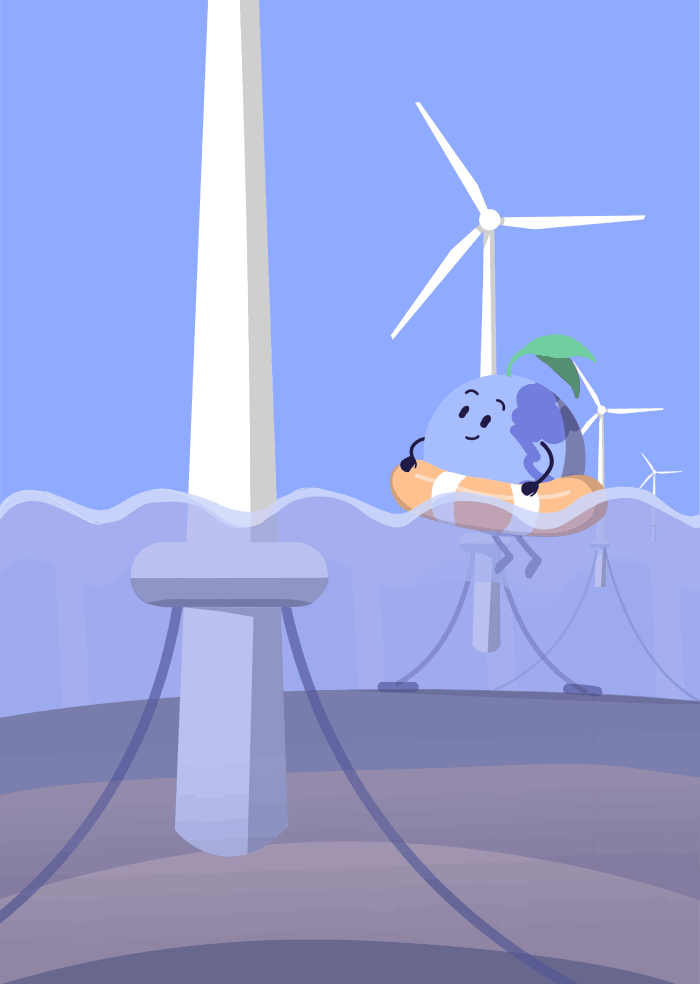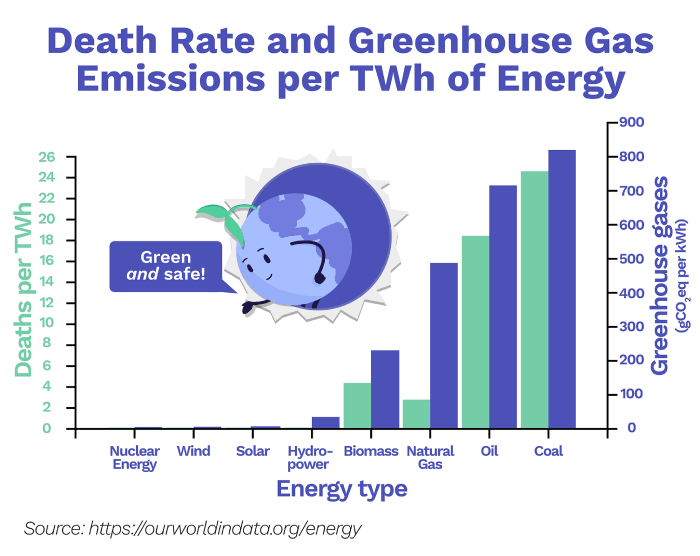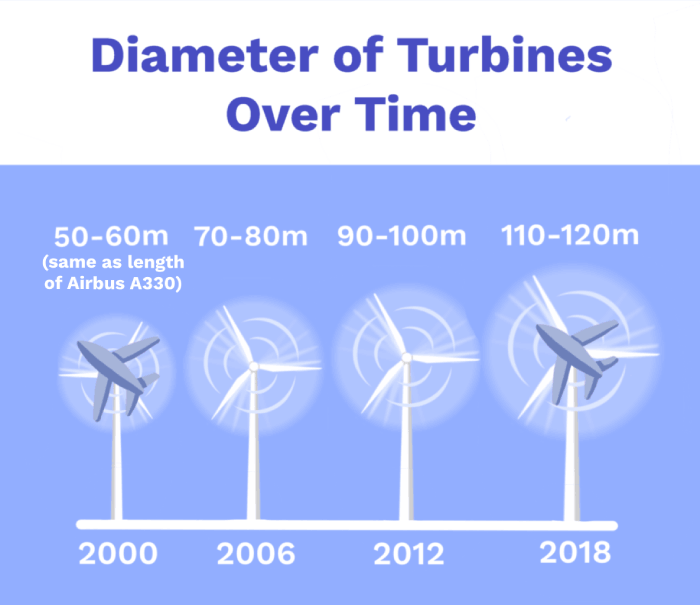Solar & Wind: Can Renewables Replace Coal and Gas?
3 minute read
Updated on: 14 Dec 2020
Why Solar & Wind are great
Like nuclear energy, solar and wind power are very low-carbon and safe.
Let’s learn a bit about how they work and how we can transition to using them more!
How does Solar Energy work?
Today, our main way of producing electricity from sunlight is solar PV. To learn how each of the different methods works in detail, check out the “Advanced” version of this chapter!
How does Wind Energy work?

Wind Power
Wind power comes from huge wind turbines, which turn the kinetic energy of wind into electrical energy.
Most turbines have two or three blades, which are designed to spin when the wind hits them from a particular angle. These blades then spin to power a generator which produces electricity
. The bigger the turbine, the more power it can produce, which explains why they’ve gotten so big in recent years
:
Wind out at Sea?
Generally speaking, the wind at sea is both faster and more constant than on land. Therefore, building wind turbines at sea (called offshore turbines) can generate more power, more consistently
, without taking up space on land.
Today’s offshore wind turbines can only be built near to the coast on shallow continental shelves. But these shelves only make up 10%
of the ocean, so this limits where wind farms can be built. Additionally, the winds on continental shelves are slower and less constant than in the deep ocean
.
To solve this, engineers are working on floating wind turbines. These are simply anchored to the seafloor using large cables and could be installed at virtually any depth.

Floating wind turbine
Several trials of this technology are underway around the globe. For example, one floating wind farm has been providing 30MW of power off the coast of Scotland since 2017.
The big, big problem of Solar & Wind
You’ve probably thought about the “but the sun doesn’t always shine and the wind doesn’t always blow?” problem. As the price of solar and wind is now similar to that of fossil fuels, this is the one thing stopping it from being used everywhere today.
Generating electricity when it is sunny/windy but storing it for when we want to use it would be the most straightforward solution. Would that be possible? Next chapter!
Next Chapter


